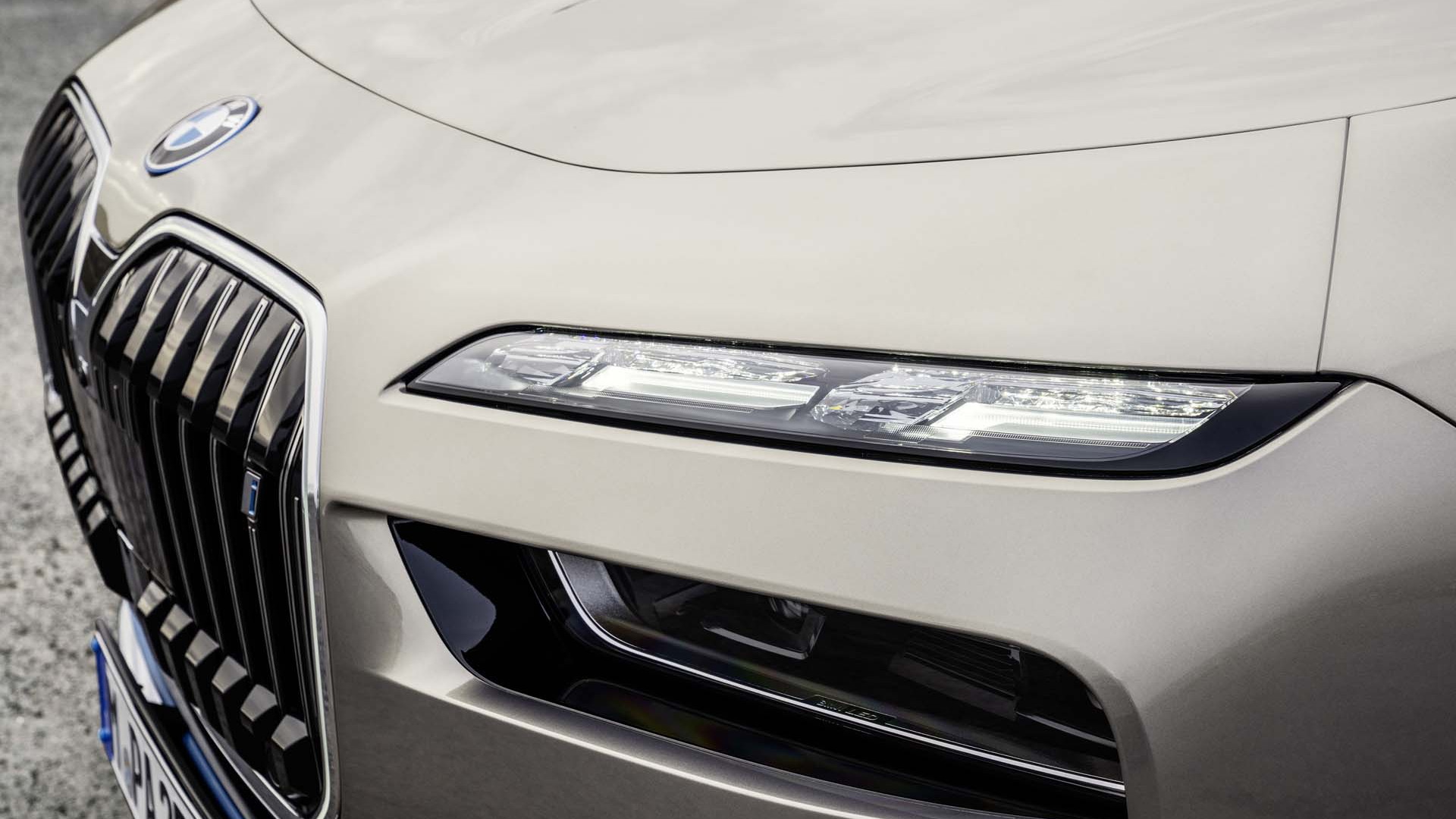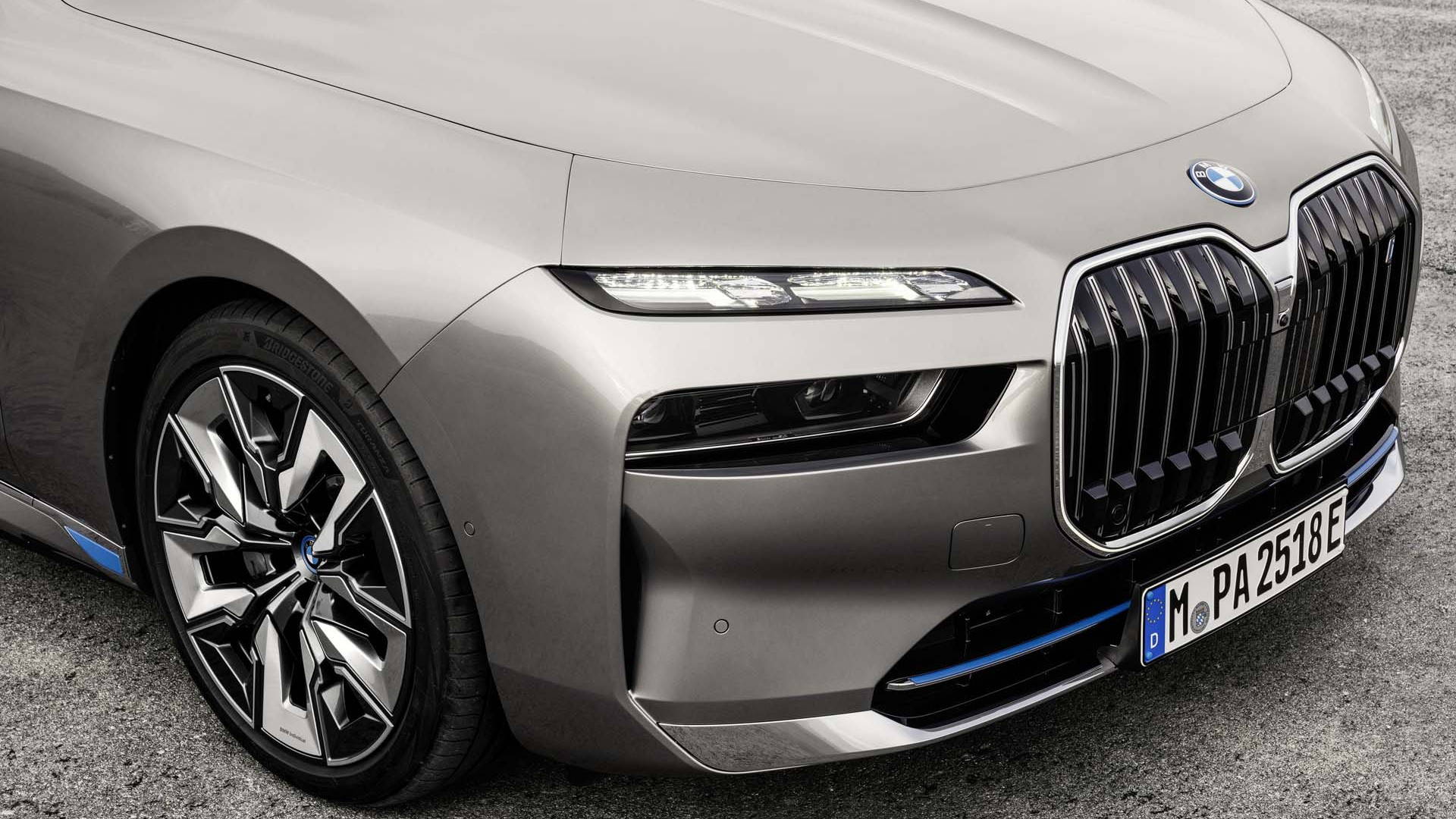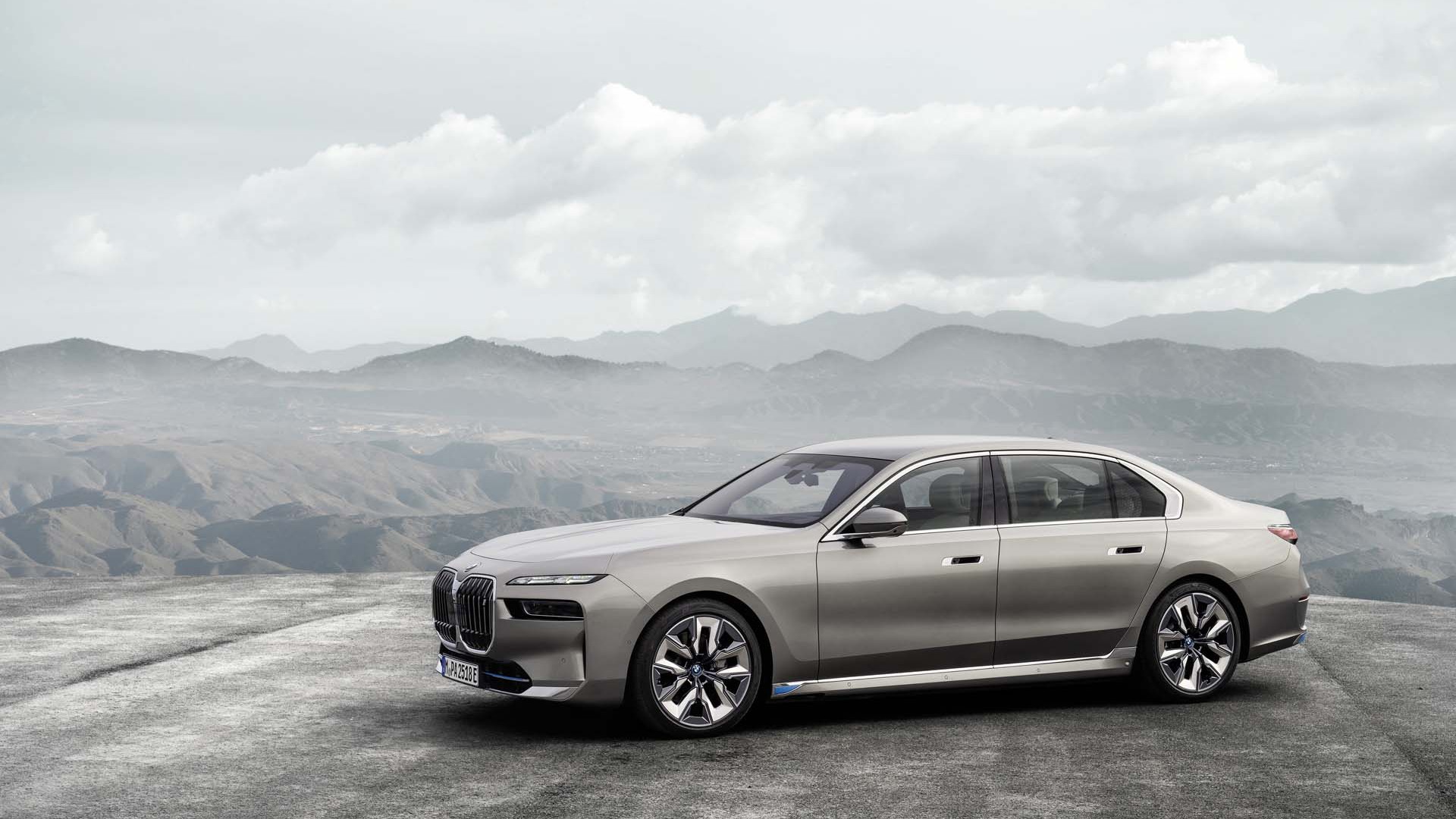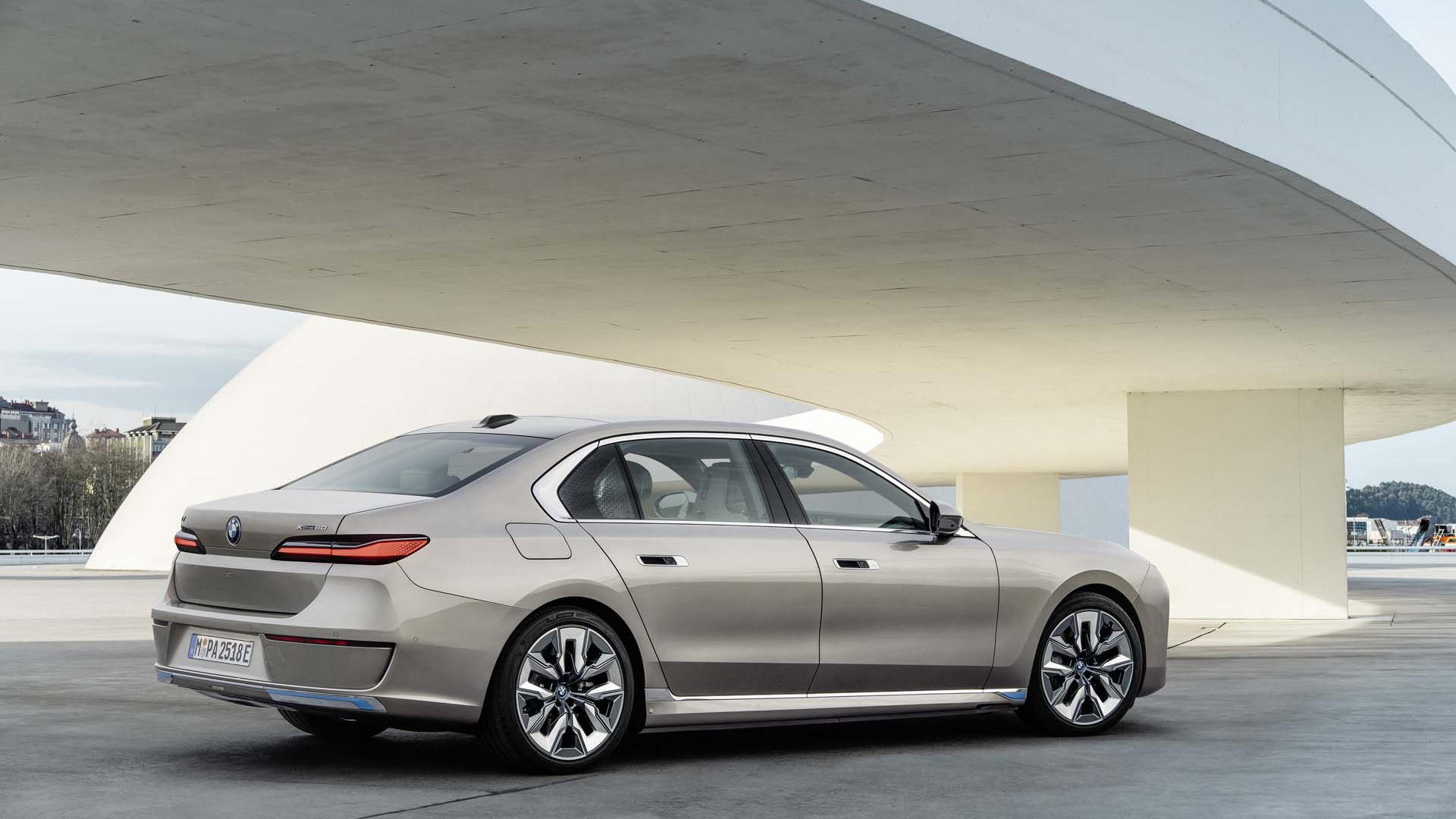The first dedicated electric vehicle platform for BMW, called Neue Klasse within the company, won’t arrive until 2025, but it will focus around a size or segment of the market that’s always been very important to the German automaker: the 3-Series.
According to BMW CEO Oliver Zipse, in comments made during the company’s first-quarter earnings call, last week, the Neue Klasse model “will be concentrated on the 3-Series segment.”
That lines up with what Zipse said recently in a series of comments to the press—including recent responses to Green Car Reports—at the debut of the i7 last month.
After the i7 comes the i5, in 2023, built on the same CLAR platform that underpins the i4 and the i7 electric flagship. Those models have very traditional forms, revolving around a traditional front-engine, rear-drive layout.
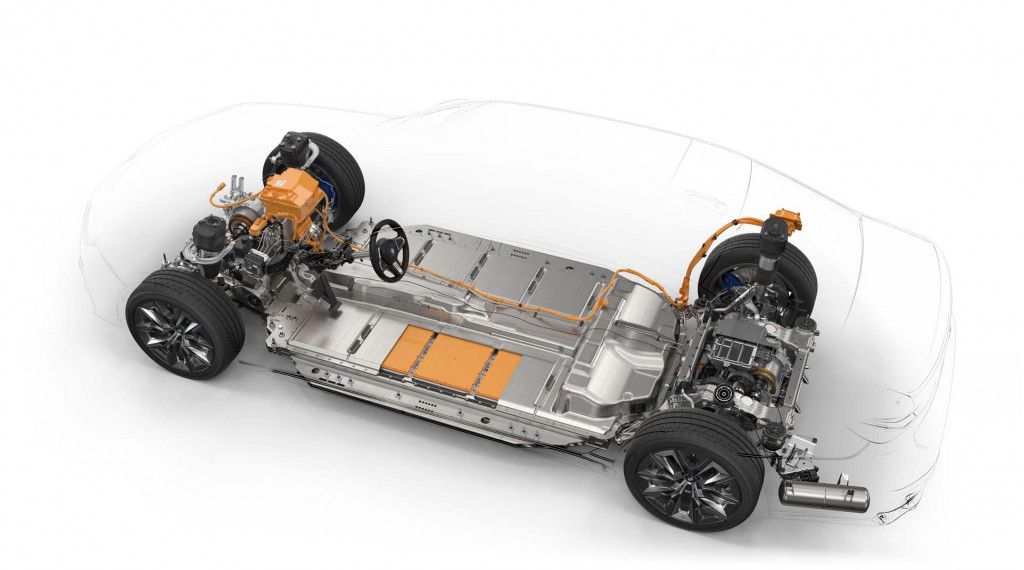
2023 BMW i7
Zipse argued that, for a flagship like the i7, a flexible platform intended to share with internal combustion vehicles remains the best approach. And as he’s claimed before, it keeps the EVs in its future lineup from looking alike.
“If a dedicated platform would have brought distinct advantages, we would have done that,” the CEO said, in response to questions about why the i7 was best built as a version of the long-hood internal combustion model. “One size fits is not right for us.”
Cumulatively, BMW has sold about two million 7-Series vehicles over about 45 years of the model line. That happens to be about the same number of EVs, cumulatively, that BMW hopes to sell by 2025.

2022 BMW 3-Series (330e)
But apparently, the line of thinking is a bit different with the 3-Series category. BMW has sold more than 15 million 3-Series cars over about as long, making it by far the automaker’s top-selling model in its history—a model that’s been losing owners to the Tesla Model 3 in recent years.
Until the Neue Klasse arrives, and beyond (with the potential for solid-state cells), BMW is looking at a hybrid approach to electrifying its vehicles—selling some of them as EVs, some as plug-in hybrids, and others as hybrids. According to Zipse, BMW plans to sell “a big chunk” of its 7-Series models as the i7, however, with a “footprint” for the EV in every single one of its 140 markets—although he ventures that the share might be 90% in some, 10% in others.
It’s all toward a target BMW sees of half of its sales electric, by volume, by 2030.
While Zipse is convinced that electric is the future, he says that the company will keep answering to the market for its gasoline vehicles—meaning the transformation to EVs is happening in parallel.
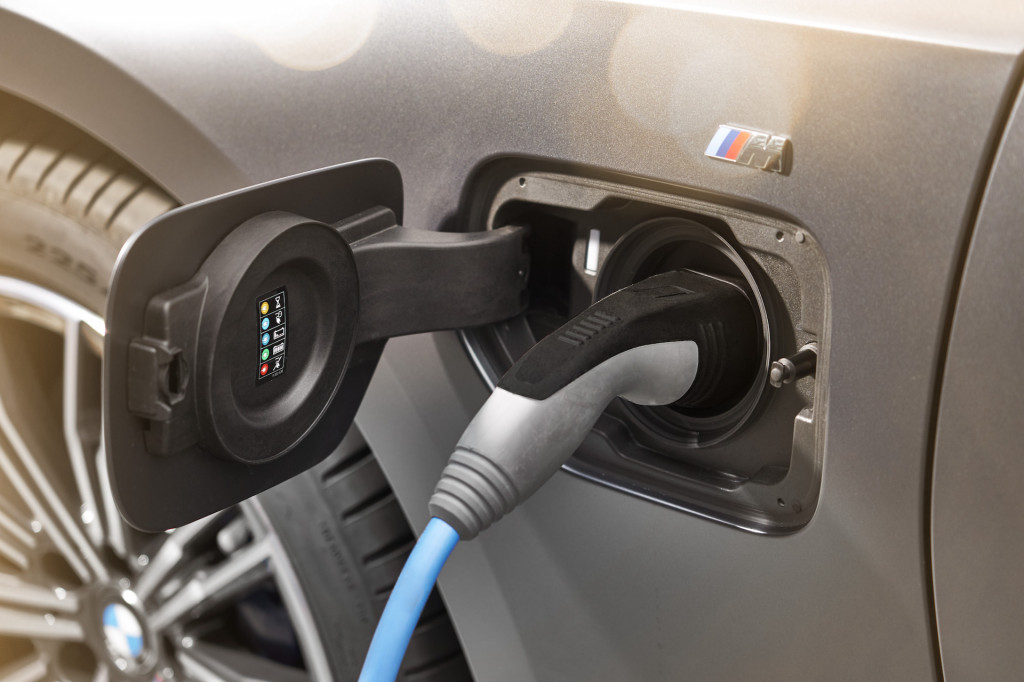
2022 BMW 3-Series (330e)
“Of course it will be the dominant one,” he added when pressed, adding that BMW could accelerate its pace in EV rollout if this is what the market wants.
And Zipse said that there is “no indication at all” that the ICE market will be extinct after ten years—which leads him to a position that questions the logic behind various other premium brands that have pledged to shift all-electric by 2030.
“There’s the other 50% as well,” he asserted, with a fluidity suggesting he might have been asked this before. “And would you forfeit that?”


